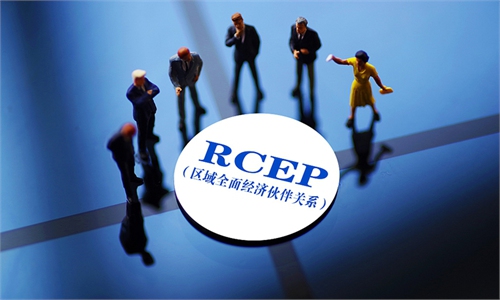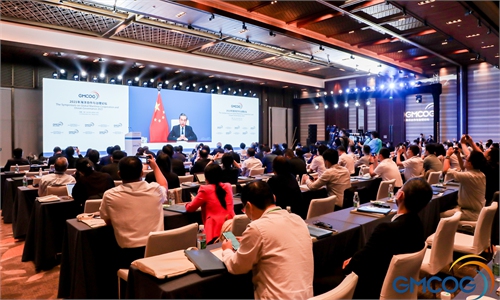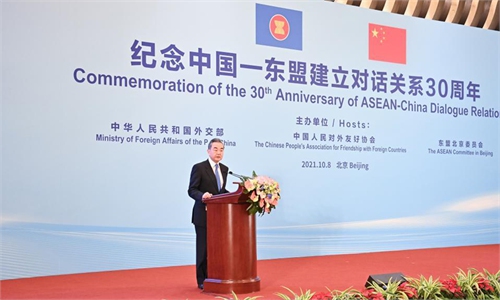COMMENTS / EXPERT ASSESSMENT
Southeast Asian economies temporarily hamstrung by coronavirus outbreak

Illustration: Tang Tengfei/Global Times
The ASEAN economies, as one of the major manufacturing hubs in the world, are continuing to bear the brunt of the COVID-19 pandemic, with many workers hesitant returning to work and investors losing patience over them.Even with doubled or tripled wages, some workers in the region still refuse to return back to factories in Ho Chi Minh City, Vietnam, after a harsh lockdown during summertime, the New York Times reported, adding that several American retailers have now switched to suppliers based in China to get their supplies.
It is not the first time for the retailers to divert orders back to China, and obviously the ongoing more contagious Delta variant outbreak has caused severe impact on Southeast Asian economies. In addition to the labor shortage, the loss of confidence among investors may dampen the overall recovery of those economies, local economists worry.
Vietnam on Tuesday added 10,259 new confirmed coronavirus infection cases with a daily average of 8,656 during the past seven days, according to data from the Johns Hopkins University.
Being hard hit by the Delta variant since July, the country has managed to decrease its daily infection cases to about 3,500 in mid October, however, the situation appears to have worsened again lately.
So far, total confirmed cases across ASEAN countries have exceeded 44 million, according to the World Health Organization.
Yet it is early to claim the region's peculiarly important role in the global supply chain will be weakened, given the region's comparative advantages in labor intensive manufacturing, such as clothing and shoe making. In addition, the region has become an important hinge amid the global semiconductor supply chain, and a crucial supplier of medical materials, such as Malaysia, Vietnam and Thailand.
Serving as a linchpin across the Asian and global industrial supply chain, China has been actively cooperating with Southeast Asian countries and its other neighbors to jointly accelerate resumption of production. In addition to offering medical supplies and vaccines, China has also been working with many countries in the region to establish fast lanes to facilitate the recovery of personnel exchange.
Also, China has offered an important example of reference for the world about maintaining a balance between pandemic control and industrial reset, with the country's effective measures of swift quarantine, early treatment, vaccination, distance-keeping, lock-down, and in essence, following a set of scientific approaches.
Under the current circumstances, it may take three to six months for the industrial chains of the Southeast Asian countries to gradually recover from the latest round of the Delta variant outbreak.
And it is crucial for the ASEAN economies to enhance cooperation with Chinese enterprises and companies in other economies so as to lower the risk of severe disruption to their industrial chain. Shoring up virus prevention and promoting vaccination is still key to resume confidence of both workers and investors.
As the Regional Comprehensive Economic Partnership (RCEP) is set to come into force at the beginning of 2022, the pact will help boost the economic recovery and long-term growth of the Southeast Asian economies which remain very dynamic. By seizing the opportunities associated with the RCEP enforcement, it is no doubt that the Southeast Asian countries can fully restore their prior production capacity and strengthen their role among the global value chain.
The article was compiled based on an interview with Xu Liping, director of the Center for Southeast Asian Studies at the Chinese Academy of Social Sciences in Beijing. bizopinion@globaltimes.com.cn



